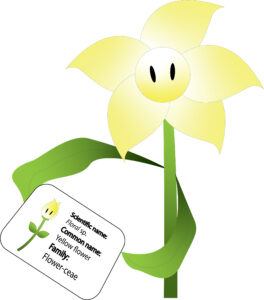
What is your name? – Plant taxonomy
What is your name? You get an immediate response out of a crowd whenever calling somebody’s name. We establish connections and start bonding with each other by our names. However, plants can never respond by calling their names. But still, plants are meaningful to us, such as rose is love, lotus is enlightenment, tea is refreshment, rice is fertility. We learn the names of Plants through books, friends, and the attached “name tags’ from supermarkets […]
Read More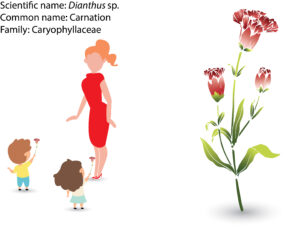
The flower of Mother’s Day
The flowers that dedicated to mothers on the coming Mother’s day are carnation, representing the deep love and loyalty to mothers. Scientifically known as Dianthus sp., consists of around three hundred species, carnation is a meaningful flower choice with a long history. The name dianthus can be translated to “flower of love” or “flower of the gods”. It’s mostly found in Europe and Asia, a single species is found in Arctic North America and a few extending […]
Read More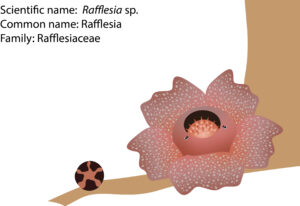
The stories of the biggest flower in the world, Rafflesia
The largest flower in the world, Rafflesia (Rafflesiaceae), however, is from a small obligate endo-holoparasitic Asian plant genus. Although famous for its huge flowers, it’s a rare species and only lives in a small and special area that is high island endemism. This genus is classified as a member of Malpighiales, and native to tropical Southeast Asia, mainly found in Indonesia, Malaysia, and the Philippines. There are roughly 30 to 37 Rafflesia species that are […]
Read More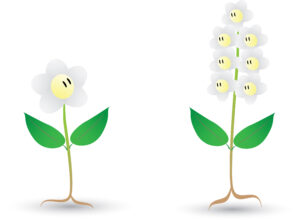
A flower or an inflorescence?
A flower is the reproductive organ of flowering plants. After successful pollination via self- or cross-pollination aided by pollinators, the flower turns into fruits or seed pods. However, the “flowers” are not always called flowers, sometimes they are referred to as inflorescence. What are the differences and relationships between a flower and an inflorescence? A flower, known as bloom or blossom is the seed-bearing part of a plant that consists of reproductive organs like stamens […]
Read More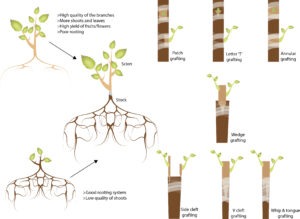
Plant propagation – grafting
Grafting involves two plants of closely related species. It is done by uniting the young part of a plant such as an axil, terminal bud, or young shoot into other plants of the same species or genus. The stock plant is the lower part (or mother plant), and scion, which is the bud or shoots that will be growing on the stock and bear fruits. Grafting has the benefits of combining the best traits of […]
Read More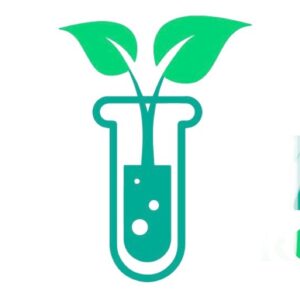
Plant propagation – vegetative propagation
Vegetative propagations or asexual reproduction are frequently used in horticulture or agriculture to propagate economically valuable plants and cash crops, especially the perennial species that produce sterile or no seeds. Asexual reproduction does not involve the union of gametes, production of seeds or spores, and changes in the number of chromosomes, which often used single cells (algae), tissues, organs, or specialized organs that undergo structural modifications. Regeneration through somatic cells, tissues, or organs is also […]
Read More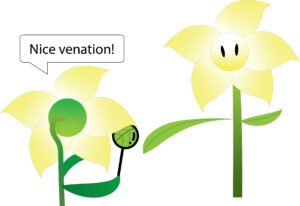
Not only used for photosynthesis – the roles of leaf in species identification
A great appreciation goes to the famous Swedish naturalist Carolus Linnaeus who launched the binomial nomenclature system (International Code for Botanical Nomenclature), which is still applicable nowadays. How to identify the species based on morphological traits? A plant is easily identified through its flower or fruits because either the color or the structure of the organs are distinguished. However, not all plants have flowers and some flowering plants are seasonal and may have very short […]
Read More
From one to multiple – plant propagation (1)
Plants have the amazing ability to multiply themself into hundreds and thousands once the condition is favored. In the process of spreading the progeny from the parent plant, every plant cell literally has the potential to develop into a new plant. As rooted and sessile organisms, in order to expand their territories and occupy more land, plants must catch every opportunity that spreads their offsprings. Anything that moves around them could serve as transportation vehicles, […]
Read More